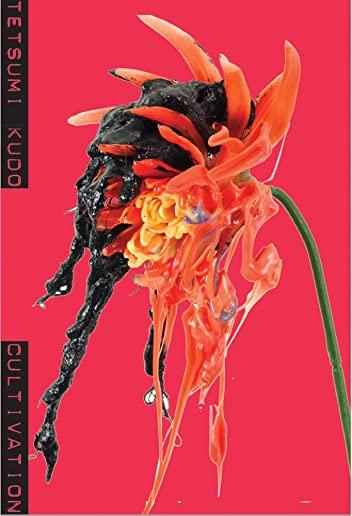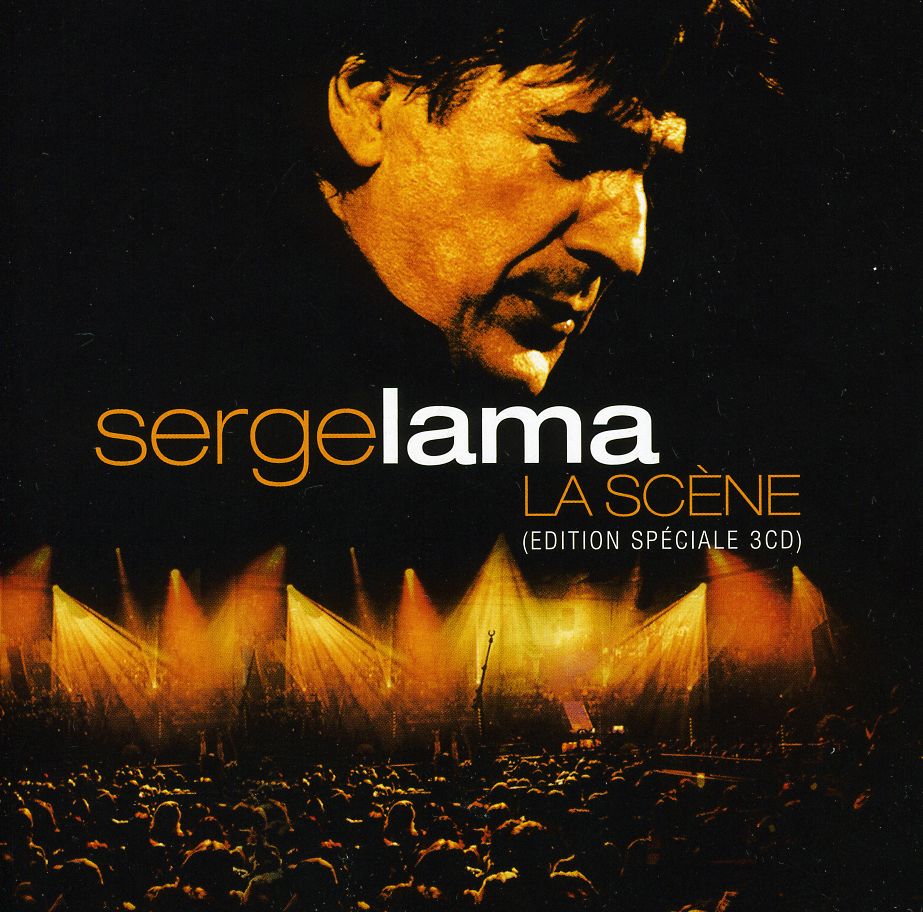
description
4
The eerily prescient work of a near-forgotten Japanese artist, whose 1960s and '70s sculptures anticipate contemporary ecological anxieties
Contemplating Japanese artist Tetsumi Kudo's (1935-90) work in the 21st century provokes a sense of the uncanny on multiple levels: grotesquely beautiful on their own, his abject sculptures seem to foretell today's environmental concerns with their depictions of ecological decay. Born in Osaka, Kudo's life was greatly impacted by the aftermath of the atomic bomb in 1945; this trauma compounded by the Vietnam War's ever-present atmosphere of destruction led to a consistent focus on dystopia and decomposition in his work.
Kudo's fluorescent birdcages and blacklight terrariums are furnished with an assortment of sculptures and found objects: melted plastic flowers, colorful phallic chrysalises and dismembered resin body parts come together to convey a distinctly modern anxiety in regard to our ailing world. Kudo's work does not intend to provide comfort in the midst of crisis; rather, his pieces urge viewers to reflect on how we may or may not continue to survive in a world that we ourselves have ruined through pollution and consumerism. As the artist's work reaches a peak of topicality, this volume presents a focused selection of Kudo's pieces from the 1960s and 1970s that demonstrate a postwar awareness of the atomic bomb's effect on reproduction and the environment.member goods
No member items were found under this heading.
Return Policy
All sales are final
Shipping
No special shipping considerations available.
Shipping fees determined at checkout.







